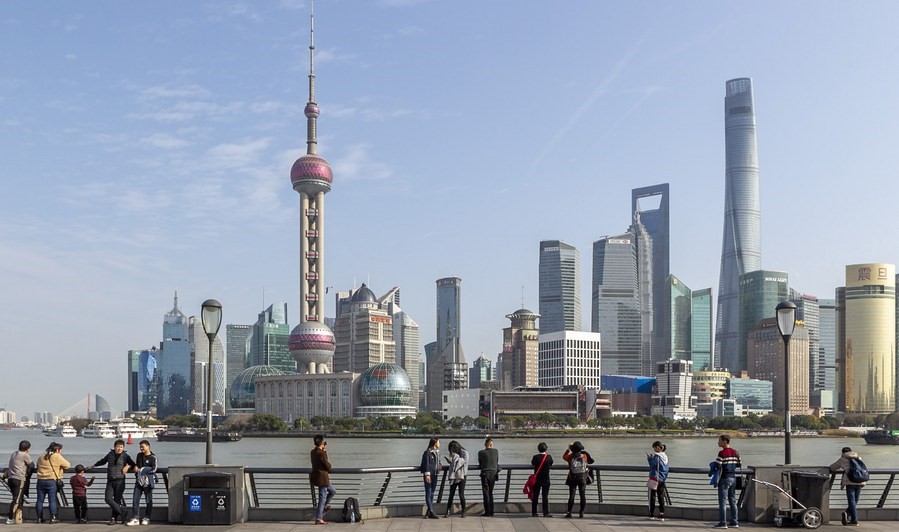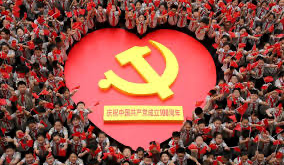The 2020 China International Fair for Trade in Services (CIFTIS) is kicking off in a few days. As one of China’s three leading exhibition platforms for China’s opening-up, this year’s event has become especially significant as it will be China’s first major exhibition at national level to be held offline since the COVID-19 outbreak.
Chinese President Xi Jinping sent a congratulatory letter to the event last year, calling on countries to seize the opportunity and work together to forge a bright future of global services with mutual, shared benefits and build a community with a shared future for humanity.
“With the deepening of economic globalization, trade in services has become a key part of international trade and an important area for economic and trade cooperation among nations, injecting new impetus to the world economic growth,” Xi said in the letter.
Xi, also general secretary of the Communist Party of China (CPC) Central Committee, has on many occasions stressed deepening reform in all areas and promoting opening-up.
China will only open up wider to the world
In 2018, at a conference celebrating China’s 40 years of reform and opening-up, the Chinese president has underlined China’s commitment to opening up wider to the world as he said that the past four decades have proved that reform and opening-up are “a game-changing move in making China what it is today.”
“China cannot develop itself in isolation from the world, and the world needs China for global prosperity,” Xi said, adding that China will also be promoting joint efforts to build a community with a shared future for humanity.
And now, facing the impact of COVID-19 and the global economic downturn, still, China will not shut its door but will instead open it wider to the outside world, said Chinese State Councilor and Foreign Minister Wang Yi during his recent trip in Europe.
It is “a clear message” from Xi who delivered a very important speech recently on China’s economic development and opening-up, he added.

Now mode of development: ‘dual circulation’
Recently, the phrase “dual circulation” has been brought up frequently by Chinese media as the country’s top leadership emphasizes a new development mode whereby domestic and foreign markets can boost each other, with the domestic market as the mainstay.
A high-profile meeting presided over by Xi in May urged the nation to “fully bring out the advantage of its super-large market scale and the potential of domestic demand to establish a new development pattern featuring domestic and international dual circulations that complement each other.”
It was reiterated at later meetings, and recently, at a symposium with economists and scholars in Beijing, Xi called it a “strategic choice” to reshape China’s strengths in international cooperation and competition.
Nevertheless, he stressed that this new pattern is by no means a closed domestic circulation, but an open “dual circulation” with both domestic and foreign markets involved.
Xi reiterated that opening-up remains China’s basic state policy and an important driving force for the sustainable and rapid growth of its economy.
Cgtn.com
 Africa -China Review Africa -China Cooperation and Transformation
Africa -China Review Africa -China Cooperation and Transformation
